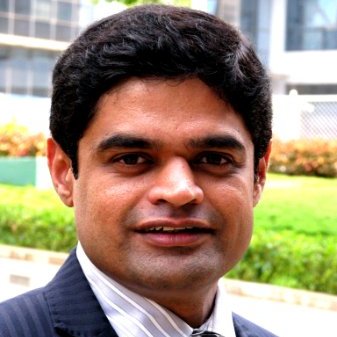The $15 billion Smart Cities Mission — which aims to promote cities that provide core infrastructure, a clean and sustainable environment, and a higher quality of life for their citizens — is one of the Indian government’s most ambitious programs. It is designed to create replicable models that can catalyze the creation of similar Smart Cities throughout various regions of the country.
Some of the core infrastructural elements in a Smart City include:
- Continuous electricity supply
- Solid waste management
- Affordable housing
- IT connectivity
- Safety/security
- Health
- Education
- Adequate clean water supply
The first step towards achieving these goals is to collect crucial data to track progress, set incremental goals, and measure future success.
In the last decade or so, the Indian government has launched multiple initiatives focused on improving the health and welfare of its citizens. The most successful programs were those that instituted careful tracking and monitoring, allowing for data-driven change. India’s accomplishment in polio eradication is the perfect example, although the success tracking was completely manual. More than 100 medical officers were deployed to continually assess progress and to identify pockets of wild poliovirus circulation. The reports from surveillance groups were instrumental in deciding and adjusting the evolving course of action.
Smart City project implementations have the same goal but boast more sophisticated tools. They automate utility functions, provide an opportunity for real-time tracking, and enable the means to immediately address issues and challenges.
An example is the case of citizen security. With a network of surveillance cameras set up across cities, data can be collected on various security parameters. This data is carefully analyzed and enables the development of subsequent solutions.
Examining data from various sources is a formidable task. Imagine the amount of data that could be collected through these monitoring efforts. The poor analysis could lead to errors in decision-making and failure of the initiative.
So how can the state governments ensure that quick and actionable insights are derived from the deluge of information?
Smart City command centers generate, view, and investigate data from multiple sources in real-time. They play a vital role in the success of these initiatives by adding sophistication to the process of visualizing and presenting collected data. Success in these efforts greatly influences decision-making. One way to influence this success is to recognize that sequential presentation of data can hamper analysis. Other disciplines, such as neuroscientific research, have already documented the limitations of this approach and have discovered that new methodology, including simple data visualization, supports faster comprehension and longer retention of the takeaways.
Technology can facilitate these more effective visual solutions. For example, Smart City command centers can leverage easy-to-understand dashboards for different utility functions, as well as unified roll-up dashboards to contextualize this data. What’s more, stakeholders can carry these dashboards with them on their laptops, tablets, and mobile devices. Prysm solutions are helping Smart Cities companies accomplish these goals. We have also recently partnered with Dell to offer end-to-end solutions and help build stronger Smart City ecosystems.
For further reading about how sequential information presentation can adversely affect decision-making, check out this blog by John Serpa.
To learn more about Prysm’s involvement with Smart Cities or to get a demo of our solution, please write to me at kumargb@prysm.com. I look forward to connecting!
